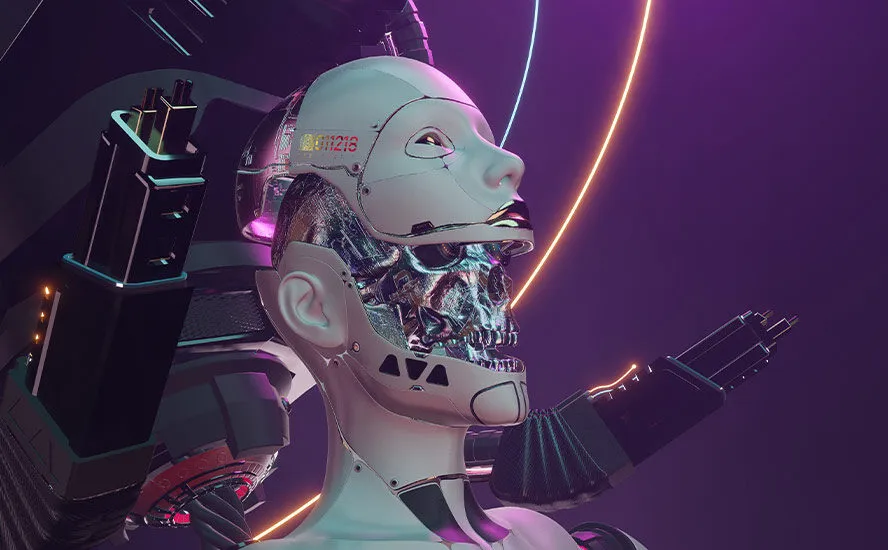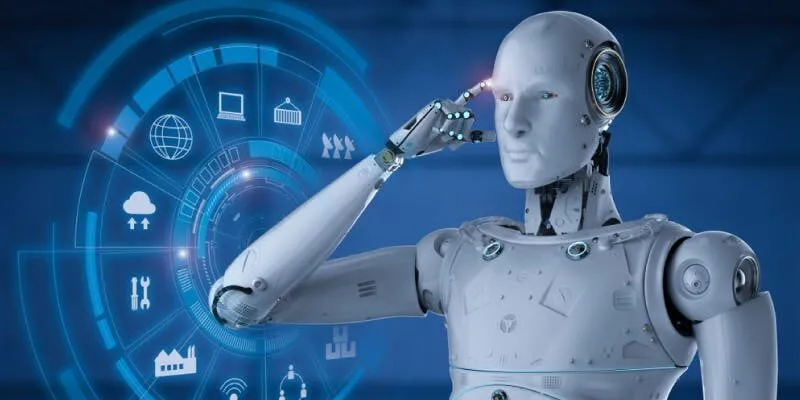The possibility of cyborgs is becoming more tangible as technological advancements continue to reshape the boundaries between human biology and machines. Cyborgs, or humans enhanced with mechanical and electronic devices, were once confined to the realms of science fiction, but the growing fields of biotechnology, robotics, and artificial intelligence are quickly turning this fantasy into reality.
Possibility of cyborgs
While fully integrated cyborgs, as depicted in films, are not yet a widespread phenomenon, the future holds many possibilities for human enhancement through technology.
One of the most significant developments in the possibility of cyborgs is the improvement of prosthetics and bionic limbs. In recent years, prosthetic technology has made significant strides. Prosthetic arms and legs that use AI to adapt to the user’s movements and provide sensory feedback are already available. These advancements allow people to regain lost functionality and even experience sensations like touch.

As materials science and neural engineering improve, prosthetics could eventually become more integrated into the human body, allowing for better mobility and control. A more radical possibility involves the integration of bionic limbs with the nervous system, providing seamless communication between the body and the prosthetic, making the user feel as though it is a natural extension of themselves.
Another promising area in the possibility of cyborgs is the development of neural interfaces, such as brain-computer interfaces (BCIs). These interfaces enable direct communication between the brain and external devices. With BCIs, individuals can control robotic limbs or even communicate with computers using their thoughts.
One of the most high-profile companies in this area is Elon Musk’s Neuralink, which aims to develop brain implants that could not only treat neurological disorders but also enhance human cognitive abilities. While current neural interfaces are still in their infancy, there is potential for these technologies to dramatically change the way humans interact with machines and even improve mental capacities, enabling a new kind of human experience.

Moreover, the possibility of cyborgs extends to sensory enhancements, particularly through augmented vision. Retinal implants and smart contact lenses are examples of technologies being developed to augment human vision. For instance, some implants are designed to restore vision in individuals who are blind, while others are intended to give users enhanced vision capabilities, such as night vision or the ability to zoom in on distant objects.
Such technologies could go beyond medical applications, eventually allowing humans to perceive the world in entirely new ways, blending the natural and artificial senses in unprecedented combinations.
The increasing sophistication of wearable technology also plays a crucial role in the possibility of cyborgs. Devices like smartwatches, augmented reality (AR) glasses, and fitness trackers have already become ubiquitous. In the future, wearable tech could be integrated into the body in more permanent ways, allowing humans to interact with the digital world directly.
For example, smart tattoos or embedded microchips could provide continuous access to data, health monitoring, or even virtual environments, essentially turning the human body into an interface between the physical and digital realms. This technology could also offer cognitive enhancements, enabling individuals to process and access information without traditional methods like keyboards or screens.
However, as the possibility of cyborgs moves closer to becoming a reality, it raises important ethical and societal questions. The idea of enhancing human abilities through technology challenges traditional concepts of what it means to be human. It also creates new questions about inequality, as access to these advanced technologies could be limited to the wealthy or privileged, creating a divide between those who can afford enhancements and those who cannot.
Furthermore, the integration of technology into the human body could lead to privacy concerns, as there would be more ways for personal data to be collected and potentially exploited. Additionally, the concept of “transhumanism”—the belief in transcending human limitations through technology—raises fundamental philosophical questions about whether such enhancements are desirable or even ethical.

In conclusion, the possibility of cyborgs is increasingly within reach as advancements in biotechnology, robotics, and neural interfaces continue to progress. While we are not yet living in a world where cyborgs are commonplace, the technologies needed to merge human biology with artificial enhancements are rapidly advancing.
The future could see individuals with bionic limbs, enhanced senses, and direct brain interfaces, revolutionizing how we interact with the world and with one another. However, these advancements come with significant ethical, social, and philosophical challenges that will need to be addressed as we move toward this new era of human augmentation. The possibilities are vast, but so are the questions they raise.
See more: